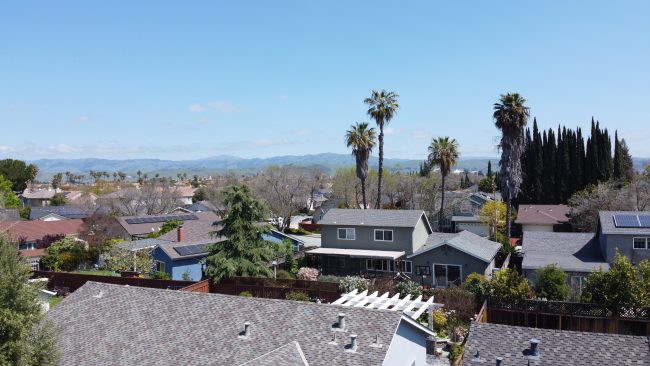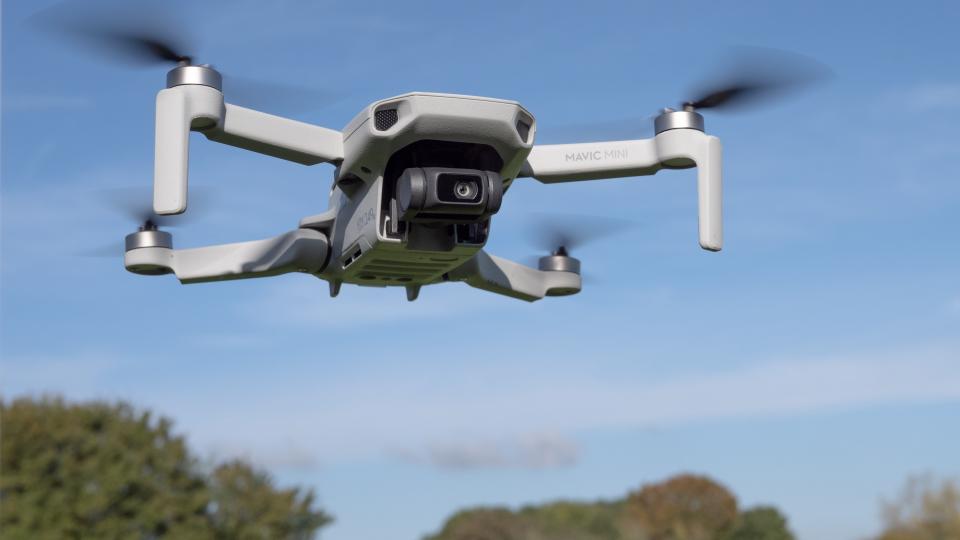A mid year bonus, and approval from the boss (my wife) to allow me to spend a few hundred bucks on something frivolous, I bought a Mavic Mini drone from DJI.
Earlier, the boss bought a $70 Chinese special that worked, but really sucked to use. Some research identified the DJI brand to have the most boob friendly, yet quite capable product.
So, the Mavic Mini was the obvious choice.
Details
First, this thing is tiny. It weighs a paltry 249 grams, and fits easily in the palm of your hand. It is puzzling how so much cool factor can be crammed into such a small package.
The main reason for the weight, is that the FAA has a cut off for licensing the pilots of drones. Anything below 250g is considered a toy, and not regulated as heavily (they are regulated though), and the pilots don’t need a license to fly. Not that obtaining a license for a hobby is too difficult, it is a barrier to entry, so this well featured toy is remarkably popular.
It has a built in UHD camera, that can capture 4K video, and is mounted on a gimbal so that it remains smooth even when you are moving the drone. No sound, but no big deal there.
It also takes beautiful still images.

It also has a variety of operation modes, including position, sport (for moving fast) and Cinematography, where the speed of motion, and the actions are smoothed out to get a really clear, professional looking video shot.
This video is one of my first attempts. I am a bit of a spazz, so ignore the indecision in movement.
Items of note
The app that you run it off of is super slick. The dual stick controller connects to your phone (android or iPhone) and provides a rich experience, as well as helpful setup options. You can limit the altitude, the distance it can go, and other parameters to prevent you having a senior moment.
Taking off is a snap. You select the control on the screen, and it automatically takes off, and hovers at a height of 1.2m.
Ditto landing. It does have a RTH (Return to Home) function, but I haven’t used it yet. Like the take off, there is a control on the screen that you activate, and it automatically floats down and powers off the motors. It has some IR sensors under it, so that if you are trying to land at a place that might damage the drone, it will alert you and halt, allowing you to find a more suitable spot.
Battery life is impressive. A little LiPo battery cartridge, on a full charge offers about 30 minutes of runtime. Plenty to goof around with.
Video and images are stored on a micro SD card (not supplied, I am using the one from my GoPro) and are easy to extract. I use Adobe Bridge to pull them off. Haven’t done any editing yet, but will probably put together a few videos, once the shelter-in-place orders are lifted, I can think of a few places to go shooting.
Charging is via a micro USB connector, and frankly it is pretty slow. Minor nit, but I suspect I will buy a spare battery or two.
